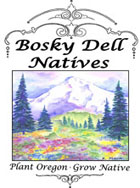
|
23311 SW Bosky Dell Ln. West Linn, Oregon PHONE 503-638-5945 FAX 503-638-8047 |
|
9am to 5pm 7 Days a Week (Closed Sundays in July, August, December) |
| Home | News | About Us | Plant Lists | Hummingbird Gardens | Gardening for Birds | Butterfly Gardens | Plant Sales | Websites | Judy Bluehorse | Guestbook | Mailing List |

|
23311 SW Bosky Dell Ln. West Linn, Oregon PHONE 503-638-5945 FAX 503-638-8047 |
|
9am to 5pm 7 Days a Week (Closed Sundays in July, August, December) |
| Montane to Alpine Oregon Natives |

|
Subalpine trees can provide a dramatic focal point for your garden. Diminutive conifers, their slow growth rate (1/4"/year) makes them ideal subjects for rockeries and other small spaces. They look beautiful with stones, adjacent to water features, or perhaps the entrance to your home. Give them full to partial sun and good drainage. You may want to add pumice or gravel to your soil. Subalpine trees are nature's bonsai - windswept or contorted by harsh weather conditions, each tree an exquisite specimen. Try planting them in groups or drifts of single species or combined with one another.
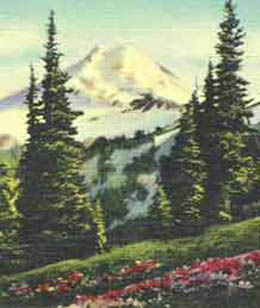
Pinus Contorta var.latiflolia, lodgepole pine, contorted
pine
This native 2-needle pine takes on artful shape in subalpine
habitats, and is easily transplanted to your garden, where it will remain
a low maintenance tree requiring little water. Sun, well-drained soil.
Contorted refers to the twisted or contorted needles.
Tsuga mertensiana, mountain hemlock
This marvelous
conifer is equally at home in subalpine settings with fir, cedar, and
wildflowers, and in home gardens at lower elevations. Sun/part sun/shade
tolerant, regular water, well-drained soil. Kruckeberg proclaims "If asked
to choose the very best native conifer for the small garden, mountain
hemlock would be my first choice." (From Gardening with Native Plants
of the Pacific Northwest by Arthur R. Kruckeberg.)
Abies lasiocarpa, subalpine fir
Subalpine fir graces
its home range with spires of upturned foliage, blue-green to silvery
needles and upright, purple-gray cones. It is commonly found at high
elevations in Oregon, but it will also grow at lower elevations. Sun/part
sun/shade tolerant, low-regular water. It is common in drier areas of the
Cascade range.
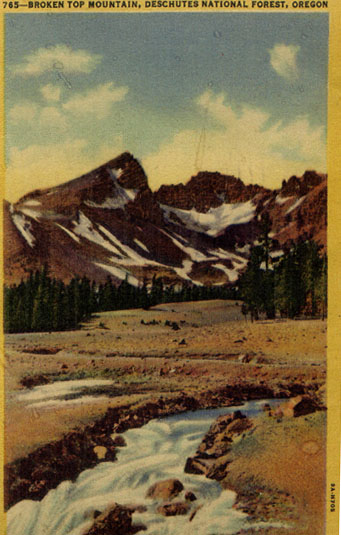
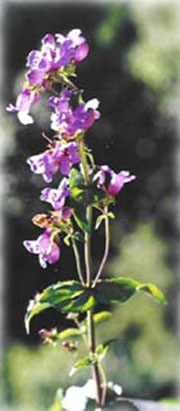
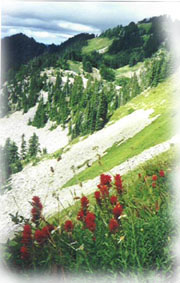 |
| © Rian Crocker 2002 |